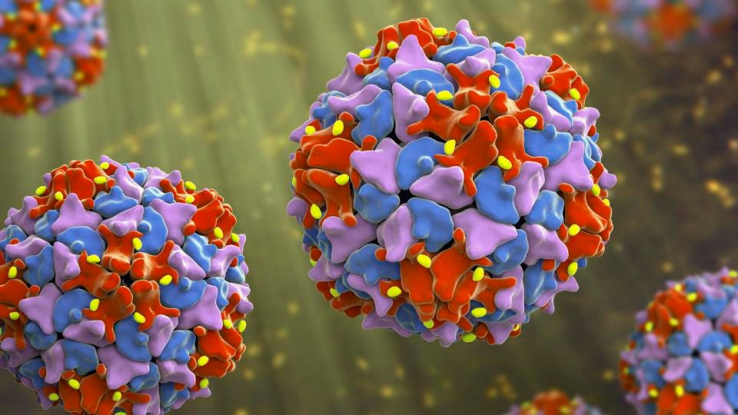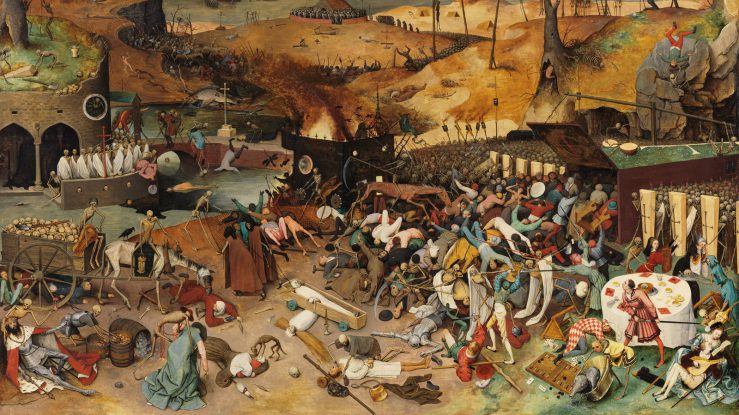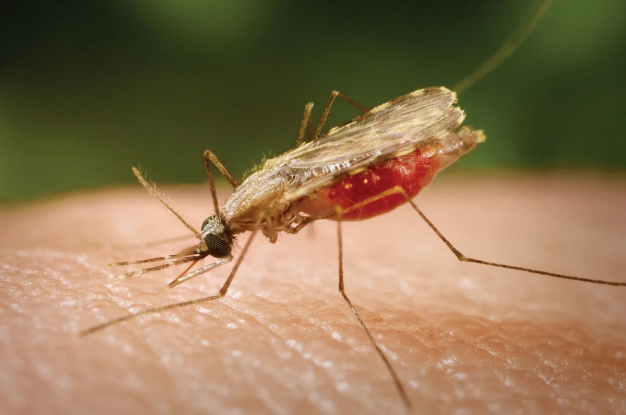During prehistoric times, disease and illness were attributed to divine rage. It was believed that there were some supernatural forces that afflicts the human beings with ailments as a punishment for their wrong doings. This concept prevailed till Hippocrates affirmed that there are some natural causes of different diseases. This idea helped the mankind in looking for the cure to many deadly conditions. History revealed that people have suffered a great deal from several diseases that were highly contagious and had high mortality rate.
Until the advent of modern epidemiology in the 17th century, there were no means to plan a proper disease control strategy due to which human beings underwent the catastrophe of novel diseases that rapidly spread to various parts of the world and ended up becoming a pandemic. Here are the details of a few of the epidemics that brought the mankind to its knees causing a widespread torment.
Difference between Epidemic, pandemic and endemic
Before we further proceed to know about the deadliest epidemics, it is important to understand the difference between epidemic, pandemic and endemic.
Epidemics
An epidemic is a disease that affects a large number of people within a community, population or a region.
Pandemic
The pandemic is an epidemic that is spread over multiple countries or continents and the disease spread rate is exponential. Disease grow each day more than the prior day.
Endemic
An endemic is a disease that is contained within a region and its growth rate is predictable thus making it manageable.
Read More: The Positive Sides of the Coronavirus Outbreak – About Pakistan
Deadliest Epidemics in history
Following are some of the deadliest epidemics in the history:
- Smallpox
Smallpox is one of the oldest known diseases. It was founded back in ancient Egypt and killed nearly 30% of the people affected by smallpox. It is estimated that it has killed around 16 million people in Europe in 18th century. Smallpox was eradicated when Edward Jenner introduced a vaccine for it. In America, smallpox was brought by European settlers that resulted in death of almost all the indigenous people.

World Health Organization declared Smallpox eradication when a global immunization campaign was launched by WHO.
- Cholera
Cholera is an infection acquired by drinking or eating contaminated water or food. Its symptoms include abdominal cramps, vomiting and diarrhea. It was found in Europe and North America during 1831 and 1832, but originated in India back in early 17th century. Cholera is still persistent in poorer countries where there is poor hygiene and scarcity of clean drinking water. According to WHO there are still 3 to 5 million cholera cases globally.

- Spanish Influenza
Spanish Influenza broke out during the World War I and killed more people than World War did. It began during 1918 and 1919 and known to have killed 50 to 100 million people worldwide. It assumed this name because during the times of pandemic Spanish media published the uncensored reports while European media avoided reporting the pandemic under the influence of the government because they didn’t want to spread fear among people.

Influenza virus is still evolving and continues to appear in its mutated forms. One of its evolved form is “swine flu” that hit the masses in 2009 and killed 576,000 people in Mexico and South of the United States.
- HIV/AIDS
Human immunodeficiency virus (HIV) is a virus that attacks the human immune system and causes Acquired immunodeficiency syndrome (AIDS). It is one of the serious health challenges from the time of its discovery in 1981 till date. It effected sub Saharan African more drastically than any other human race. About 75 million people have contracted HIV across the globe.

WHO reports that even today 1 in every 20 people is living with HIV. Medical science is still in search for a cure for AIDS.
- Polio Virus
Polio or paralytic poliomyelitis is one of those diseases which have low mortality but high morbidity rate. It leaves an effected person paralyzed for life. It finds its roots in Europe back in 1940s and 1950s. It became a pandemic. Resultantly, United States imposed a travel ban as polio broke out and effected large number of people. In 1952, 3145 people died of polio and 21,269 people got paralyzed following polio Virus.

Now the vaccines are available for polio and it is expected that polio will be eradicated worldwide within next few decades.
- The Justinian Plague
The Justinian Plague is a bacterial infection caused by a bacterium called Yersinia pastis that infects rats, mice and squirrels. It is spread by the bite of an infected flea. It originated in Ethiopia and named after the Byzantine emperor. It started in 541 AD and it is one of the oldest epidemics.

It was later spread to entire empire. It caused the death of almost 100 million people in the next two hundred years across the European Mediterranean region.
- Black death
Black death, then known as “the Great pestilence” was a deadly disease that originated in central Asia in 1300s. It spread to the Europe, Africa and China through trade routes. It killed 30 percent of the population of the Europe and China.

It woke a wave of fear and upheaval among the masses. Many smaller epidemics continue to outbreak following the Black death till 1665.
- Malaria
Malaria a very common disease found even today. It is caused by the bite of anopheles mosquito that is infected by Plasmodium parasite. It once became an endemic in Europe, but was eradicated in 20th centuries. In the present times almost 90 percent of the people die of malaria in the developing countries.

According to World Health Organization 207 million people suffered from malaria in 2012 and almost 627,000 effected people met death.
- Tuberculosis
Tuberculosis, a prevailing serious health condition caused by Mycobacterium Tuberculosis, which mostly effects the lungs, but it can also effect the brain, kidneys, bones and spine. It is commonly known as TB and responsible for the death of millions of people in developing countries till present times. It was found back in ancient Egypt in 3000 to 4000 BC.

World Health Organization reports that in 19th century about 90 percent population of Europe and North America were infected by TB bacillus and around 80 percent died because of TB. In 2012 8.6 million people got ill with TB out of which 1.3 million died.
Read More: Coronavirus; Economy Getting Affected Worldwide – About Pakistan
- Antonine Plague
Antonine Plague was also known as the Plague of Galen. It was found in 165 AD in Asia, Egypt and Greece. The death toll was near 5 million. It was carried to Rome by the soldiers who returned from Mesopotamia. It spread among the Roman army and caused a massive loss.

11. COVID-19 Pandemic
The COVID-19 pandemic, also known as the coronavirus pandemic, is a global coronavirus disease 2019 (COVID-19) pandemic caused by severe acute respiratory syndrome coronavirus 2. (SARS-CoV-2). The novel virus was discovered in a December 2019 outbreak in the Chinese city of Wuhan. Attempts to contain it there failed, allowing the virus to spread to other areas of Asia and later worldwide. On 30 January 2020, the World Health Organization (WHO) declared the outbreak a public health emergency of international concern, and on 11 March 2020, it declared a pandemic.

The pandemic had caused more than 649 million cases and 6.65 million confirmed deaths as of 11 December 2022, making it one of the deadliest in history. COVID-19 symptoms range from non-existent to fatal, but the most common are fever, dry cough, and fatigue. Patients who are elderly or have certain underlying medical conditions are more likely to develop severe illness. COVID-19 spreads through the air when people breathe in droplets and small airborne particles containing the virus.
The risk of inhaling these is greatest when people are close together, but they can be inhaled over longer distances, especially indoors. Transmission can also occur if contaminated fluids enter the eyes, nose, or mouth, or, in rare cases, through contaminated surfaces. Infected people are contagious for 10 days and can spread the virus even if they do not show symptoms. Many strains (variants) with varying degrees of infectivity and virulence have resulted from mutations.
The COVID-19 vaccines prevented an additional 14.4 million to 19.8 million deaths in 185 countries and territories from 8 December 2020 to 8 December 2021. Other recommended preventive measures include social distancing, wearing masks, improving ventilation and air filtration. Treatments include novel antiviral drugs and symptom control.
Conclusion
World is still in a struggle to get over the pandemics like COVID-19 and Ebola virus but it seems like nature works on the principle of “survival of the fittest”. Diseases cannot be effaced from the face of the Earth, however, effective disease management and taking the sustainable measures can help in decreasing the extent of damage.

















